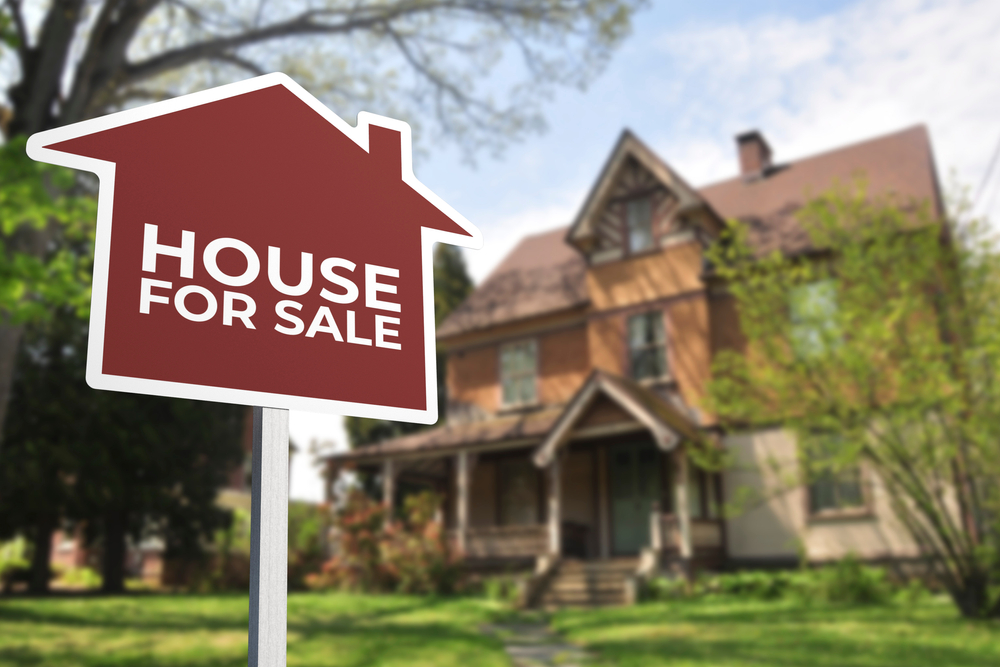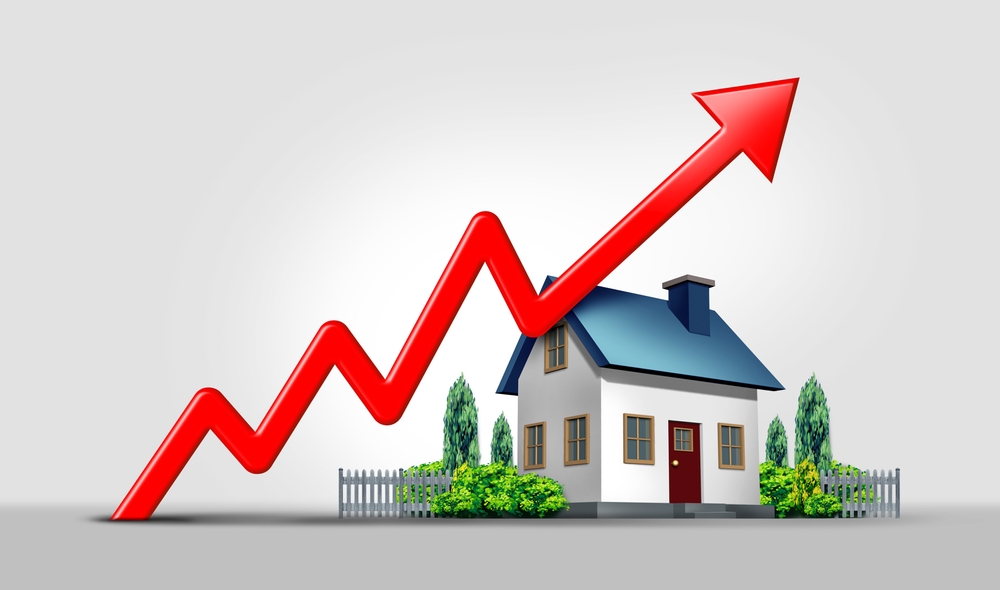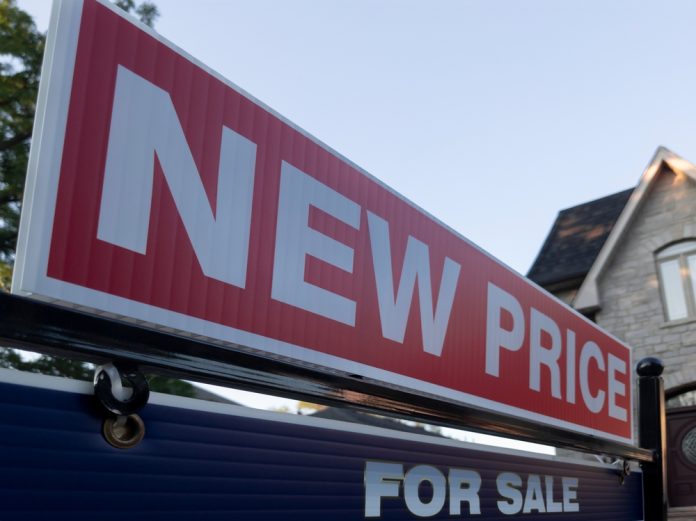After years of a blazing-hot seller’s market during the pandemic, the U.S. housing market has finally started to cool down. Across the country, inventory is building, homes are sitting on the market longer, and sellers are being forced to adjust their expectations. But here’s the million-dollar question: has the pendulum swung far enough that buyers now have the upper hand?
It depends on where you look—and how much you can afford. Because while many areas are showing signs of a buyer’s market, the reality is that high prices and rising mortgage rates are still keeping many potential homeowners on the sidelines.
Let’s break down what’s really happening right now, where buyers have the most leverage, where sellers still dominate, and what all this means for you—whether you’re buying or selling in 2025.
What Defines a Buyer’s Market vs. a Seller’s Market?
At its core, a buyer’s market happens when there are more homes for sale than there are people ready to buy them. This imbalance gives buyers the power to negotiate—whether that means pushing for price cuts, asking for closing cost assistance, or getting sellers to cover repairs. Sellers in this environment are more motivated, and that translates to opportunity for anyone with the means to purchase.
A seller’s market, on the other hand, is exactly the opposite. There are more buyers than homes, and competition is fierce. Homes tend to sell quickly, often above the asking price, and sellers can dictate the terms of the deal. Think of it like a farmer’s market—if there are too many tomatoes, prices drop because sellers need to move their product. If there are too few tomatoes but tons of people who want them, prices skyrocket. The housing market operates under that same law of supply and demand—just on a much larger scale.
Right now, that balance has shifted toward buyers on a national level. Inventory is higher than it’s been in years, and homes are staying on the market longer. But that doesn’t necessarily mean it’s easy to buy.
The National Picture: Why Affordability Still Matters
While we’re technically in a buyer’s market, affordability remains the biggest obstacle. Mortgage rates have climbed sharply in the past two years, reaching levels that haven’t been seen in over a decade. Combine that with prices that have stayed stubbornly high, and it’s no wonder many would-be buyers are sitting this one out.
Data from the past six months shows an unusual pattern—home prices have actually increased slightly, even as demand has fallen. Typically, you’d expect prices to drop as fewer people buy, but limited new construction and lingering pandemic-era pricing have kept costs elevated. The result is a market that favors buyers on paper, but one where only those with strong finances can truly participate.
In short: there may be more homes available, but for a lot of people, they’re still out of reach.
Where Buyers Have the Most Leverage

If you’re a buyer in 2025, there are specific regions where you’ll find more negotiating power—and it’s largely concentrated in the Sun Belt. Florida and Texas, two states that saw massive population and construction booms during the pandemic, now top the list for buyer-friendly conditions.
Miami, Florida leads the way with sellers outnumbering buyers by nearly 143%. The median price there hovers around $563,000, but with so much inventory on the market, sellers are increasingly willing to negotiate. Austin, Texas follows closely with a 131% surplus of sellers and a median price of $442,000. Fort Lauderdale also makes the list, with a 128% gap and prices averaging around $451,000.
Much of this shift is due to overbuilding during the pandemic. Developers raced to meet surging demand, but as mortgage rates rose and affordability declined, many of those newly built homes sat unsold. Add in growing climate concerns and skyrocketing insurance costs—especially in coastal Florida—and you’ve got a recipe for softening demand. For buyers in these markets, that means more options and stronger bargaining power than they’ve had in years.
Where Sellers Still Hold the Upper Hand
Despite the national cooling trend, there are still a handful of cities where sellers continue to call the shots. These markets are generally located in the Midwest and Northeast, where housing supply remains tight and demand is steady.
Newark, New Jersey currently leads as the strongest seller’s market, with buyers outnumbering sellers by roughly 43%. The median home price there is just over $614,000. Nassau County, New York, follows closely behind with a similar gap and a median price around $728,000. Cleveland, Ohio, rounds out the list, maintaining a seller’s edge even at a more modest $241,000 median price.
In these areas, new construction hasn’t kept up with population growth. Many buyers are relocating from higher-cost coastal cities in search of relative affordability, and with limited inventory available, competition remains high. As a result, sellers can still expect multiple offers and favorable terms, even as the broader market cools.
Buying or Selling: How to Navigate Your Market

So what should you do if you’re buying or selling right now? The answer depends on your local conditions—but there are some universal strategies to keep in mind.
If you’re a buyer, leverage is finally shifting your way. Don’t be afraid to negotiate. Ask for price reductions, seller-paid closing costs, or even rate buydowns to help offset higher mortgage rates. With homes taking longer to sell, many sellers are open to creative solutions to get a deal done. Take your time, but also be ready to move quickly when the right opportunity comes along.
For sellers, this market demands patience and flexibility. The days of homes flying off the market in a weekend are largely behind us. Homes now take an average of 40 days or more to sell, and nearly half linger for 60 days or longer. Competitive pricing is critical, as is making your home stand out with strong presentation and value-added incentives. If you’re in one of the few remaining seller’s markets, however, you’re in a much stronger position—expect quick offers and more favorable terms.
How to Tell Which Market You’re In
Not sure whether your area favors buyers or sellers? A few key metrics can help you tell. First, look at months of supply—the number of months it would take to sell all current listings at the current sales pace. Less than four months typically signals a seller’s market, while more than five months indicates a buyer’s market.
Next, watch pricing trends. Rising prices usually favor sellers, while stable or falling prices benefit buyers. Finally, pay close attention to mortgage rates. When rates climb, buyer demand tends to cool, creating opportunities for those still in the market. And perhaps most importantly, consult a local real estate agent who can give you neighborhood-level insights—conditions can vary dramatically even within the same city.
The Bottom Line

Nationally, the U.S. housing market is leaning toward buyers in 2025—but affordability continues to hold many people back. The good news is that price growth is slowing, and mortgage rates have edged down slightly from their highs. If you’re financially prepared, this could be the best window you’ll have in years to buy before competition returns.
The key is knowing your market, understanding your leverage, and working with professionals who can help you navigate the shifting landscape. Whether you’re buying your first home or selling a longtime property, this new phase of the housing market rewards strategy, patience, and a clear understanding of what’s realistic in today’s environment.
FAQ
Is the U.S. housing market still considered a seller’s market?
No, not nationally. Most markets across the U.S. have shifted toward buyers due to higher inventory levels and slower demand, though some regions in the Midwest and Northeast still favor sellers.
Why are homes still so expensive if demand is low?
Prices remain high because housing supply hasn’t caught up with years of underbuilding, and construction costs are still elevated. Even as demand slows, limited new inventory is keeping prices from dropping significantly.
What’s causing the slowdown in buyer demand?
Rising mortgage rates have significantly reduced affordability. Many potential buyers who qualified for a home two years ago can no longer afford the same price point, keeping demand muted.
Which cities are best for buyers in 2025?
Markets like Miami and Fort Lauderdale, Florida, and Austin, Texas currently offer the most leverage for buyers, with a large supply of homes and motivated sellers.
What should sellers do to attract buyers right now?
Pricing competitively, offering concessions, and being flexible on terms can help sellers stand out. Professional marketing and realistic expectations are also key in a slower market.

